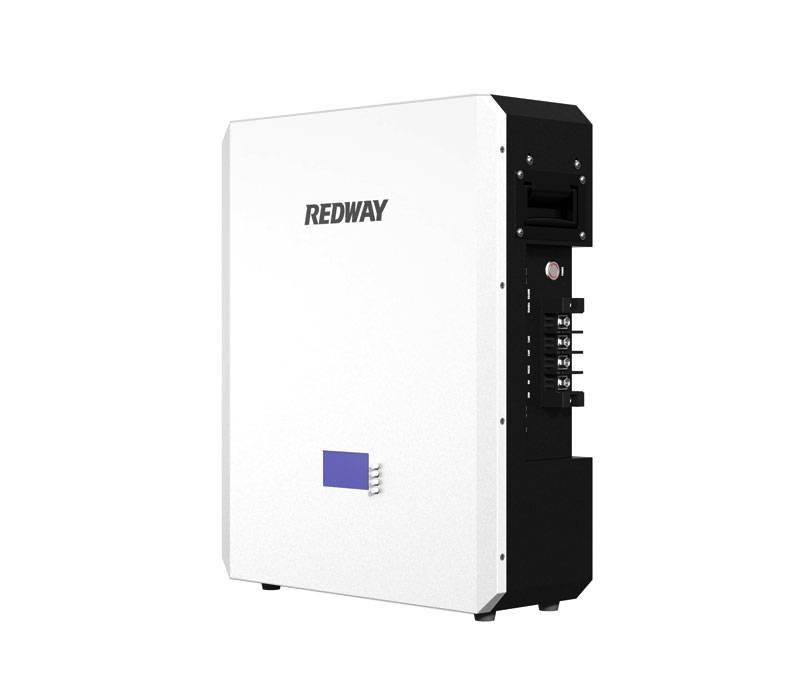Lithium Home ESS batteries typically have a life expectancy of 10-15 years or around 8,000 cycles at 80% depth of discharge. Their longevity is influenced by usage patterns, temperature conditions, and maintenance practices.
The rise of renewable energy solutions has led to an increasing reliance on home energy storage systems (ESS). Lithium-ion batteries are at the forefront of this technological revolution, offering efficient and reliable energy storage solutions for homeowners. Understanding the life expectancy of these batteries is crucial for both current and prospective users. The longevity of lithium home ESS batteries can vary widely, influenced by multiple factors including usage patterns, environmental conditions, and technological advancements.
Factors Influencing Lithium Battery Lifespan
Usage Cycles and Depth of Discharge (DoD)
One of the primary determinants of a lithium battery‘s lifespan is the number of charge and discharge cycles it undergoes. Usage cycles refer to the process of discharging a battery and then recharging it. Each complete cycle gradually degrades the battery’s capacity. Most lithium-ion batteries are rated for a specific number of cycles, often between 3,000 to 5,000 cycles, before their capacity diminishes to a threshold, commonly around 60% to 70% of their original capacity.
The depth of discharge (DoD) also plays a critical role. DoD indicates the percentage of the battery’s capacity that has been used. For instance, if a 10 kWh battery is discharged to 5 kWh, the DoD is 50%. Higher DoDs typically lead to faster degradation. Manufacturers often recommend a lower DoD to extend battery life, as shallower discharges put less strain on the battery.
Temperature and Environmental Conditions
Temperature is another significant factor affecting lithium battery life. Extreme temperatures, both high and low, can adversely impact battery performance and longevity. High temperatures accelerate the chemical reactions within the battery, leading to faster degradation. Conversely, low temperatures can reduce the battery’s efficiency and capacity. Ideally, lithium batteries should be operated and stored in a temperature-controlled environment, typically between 20°C to 25°C (68°F to 77°F), to maximize their lifespan.
Charge Rates and Maintenance
Charge rates refer to the speed at which a battery is charged. High charge rates can shorten a battery’s life by causing increased wear and tear on the battery’s internal components. It is advisable to use a moderate charge rate to preserve battery health. Regular maintenance, such as ensuring proper connections and periodically checking for signs of wear, can also help prolong battery life.
Quality of the Battery and Manufacturing Standards
The quality of the battery itself is a crucial factor. High-quality batteries from reputable manufacturers tend to last longer due to better materials and manufacturing processes. When purchasing a lithium home ESS battery, it is essential to consider the manufacturer’s reputation, warranty terms, and user reviews.
Expected Lifespan of Lithium Home ESS Batteries
The life expectancy of lithium home ESS batteries generally ranges from 5 to 15 years. This range can vary significantly based on the factors mentioned above. To illustrate, a battery used in a stable, moderate climate with regular maintenance and optimal usage patterns can last towards the higher end of this range. In contrast, a battery subjected to extreme temperatures, high DoDs, and irregular maintenance might fall towards the lower end.
Warranties and Performance Guarantees
Most lithium home ESS batteries come with warranties that guarantee performance for a specific number of years or cycles. These warranties typically cover a certain capacity retention, often around 60% to 70%, after a designated number of cycles. For example, a battery might have a 10-year warranty guaranteeing that it will retain at least 70% of its initial capacity after 4,000 cycles.
Enhancing the Longevity of Lithium Batteries
Optimal Usage Practices
To extend the lifespan of lithium home ESS batteries, it is vital to follow optimal usage practices. These include avoiding deep discharges by maintaining a lower DoD, charging the battery at moderate rates, and ensuring it operates within recommended temperature ranges. Additionally, using a battery management system (BMS) can help monitor and regulate the battery’s performance, preventing conditions that could accelerate degradation.
Regular Monitoring and Maintenance
Regular monitoring and maintenance are also crucial. This involves checking the battery for any signs of wear, ensuring all connections are secure, and following the manufacturer’s maintenance guidelines. Using monitoring software can provide insights into the battery’s health and performance, allowing for proactive maintenance and adjustments.
Technological Advancements
Continuous technological advancements in battery chemistry and manufacturing processes are contributing to longer-lasting lithium batteries. Innovations such as solid-state batteries and improved electrolytes are on the horizon, promising even greater durability and performance.
5 Home Battery Choices (Plus a Surprising Option)
Conclusion
Lithium home ESS batteries offer a robust solution for energy storage, with a life expectancy ranging from 5 to 15 years. This lifespan is influenced by various factors including usage cycles, depth of discharge, temperature, charge rates, and the quality of the battery. By adhering to optimal usage practices, regular maintenance, and staying abreast of technological advancements, homeowners can maximize the lifespan and efficiency of their lithium batteries. Investing in high-quality batteries and leveraging warranties can also provide assurance of long-term performance.




